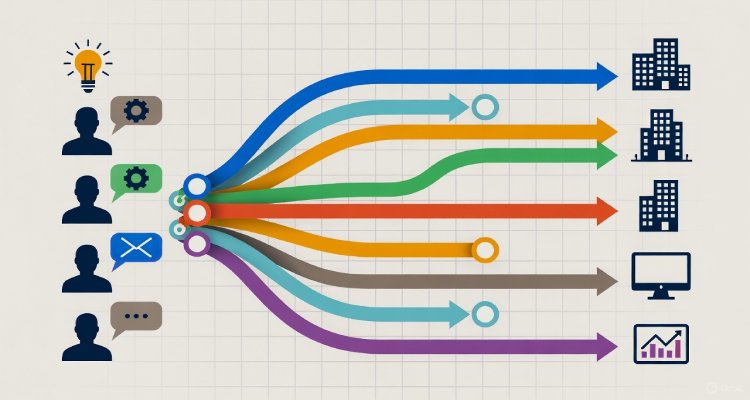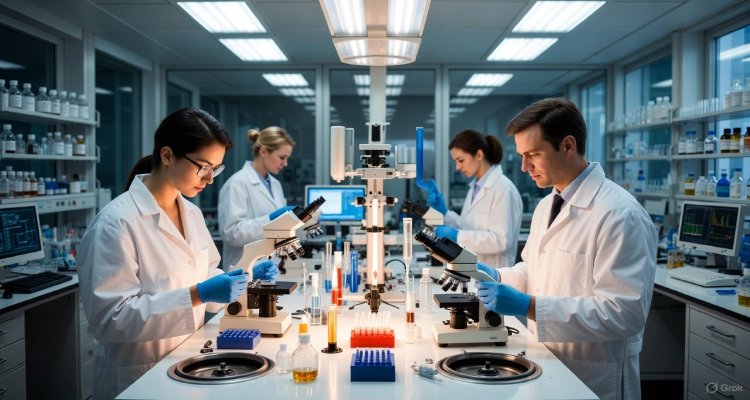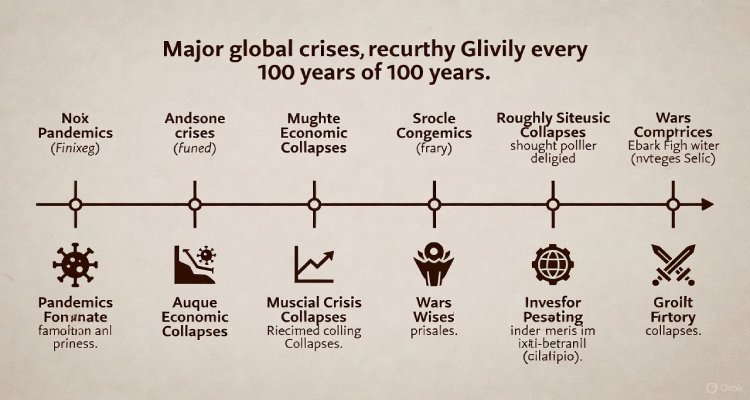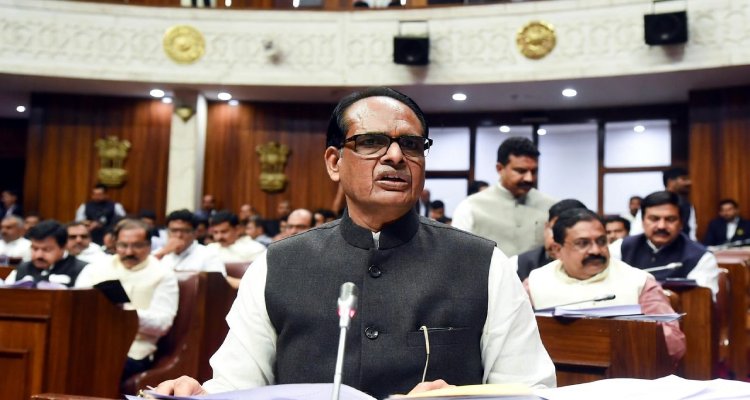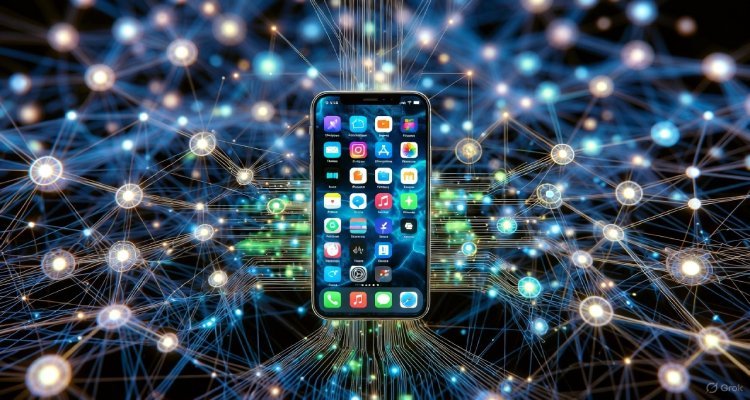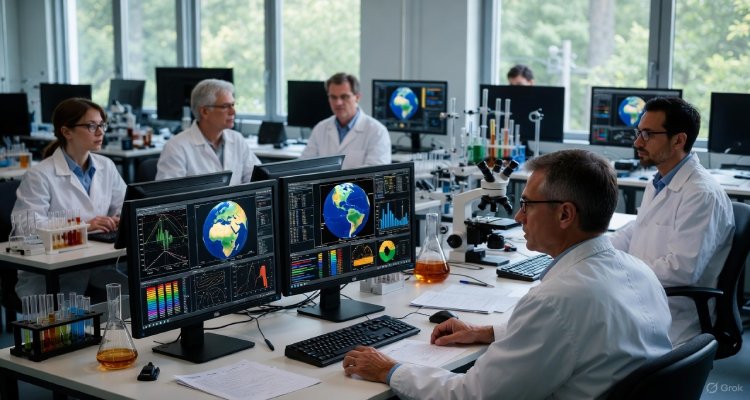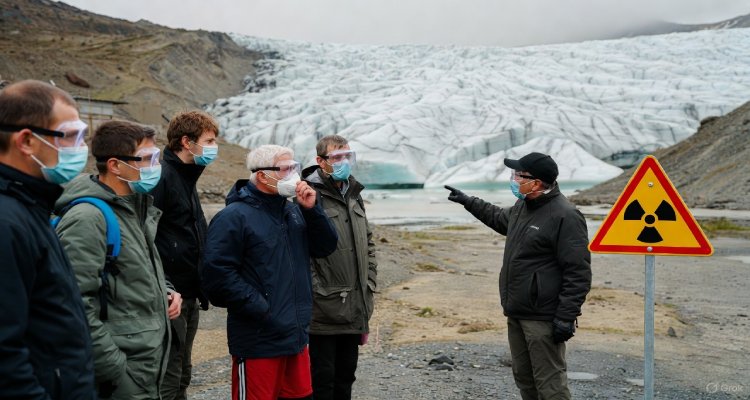The Loneliness Prescription: Why Connection Heals More Than Medicine
Loneliness is now considered a public health crisis. Discover how human connection can offer healing beyond prescriptions and reshape how we approach wellness.
Introduction: The Invisible Epidemic
In an age of hyperconnectivity, a paradox persists: millions of people are more isolated than ever. From the quiet loneliness of a retired veteran in rural Texas to a young college student surrounded by thousands yet feeling unseen—this silent suffering knows no demographic boundaries. Increasingly, doctors, scientists, and public health officials are prescribing something unusual: not pills, but people. Human connection, it turns out, might be the most powerful medicine of all.
Context & Background: From Emotion to Epidemic
The term “loneliness” once evoked images of personal melancholy. Today, it’s a full-fledged public health emergency. In May 2023, U.S. Surgeon General Dr. Vivek Murthy declared loneliness a national crisis, linking it to serious health risks such as heart disease, stroke, dementia, and depression. According to the CDC, chronic loneliness increases the risk of premature death at rates comparable to smoking 15 cigarettes a day.
What’s driving this epidemic? Experts point to a confluence of factors: the rise of remote work, digital overdependence, urban alienation, and fraying community ties. Even before the COVID-19 pandemic, social isolation was growing. But lockdowns and distancing measures intensified the issue, leaving many without any physical or emotional touchpoints.
Main Developments: Prescribing Connection Over Pills
In a radical shift, healthcare providers are beginning to treat loneliness not just as a symptom, but as a root cause. In the UK, doctors have implemented “social prescribing” programs, connecting patients with community activities—gardening clubs, choir groups, book circles—instead of defaulting to medication.
In the U.S., similar models are emerging. At UCLA’s Loneliness and Health Research Program, researchers are exploring how structured social interactions, volunteer opportunities, and mentorship programs can counteract the health risks of loneliness. Hospitals like Mount Sinai in New York are even training volunteers to sit with isolated patients, calling it “compassionate companionship.”
Insurance companies and tech firms are joining in. Startups like Papa match college students with elderly users for weekly conversations, while Humana and Aetna have added social connection metrics into wellness assessments.
Expert Insight: “We’re Wired to Belong”
“Human beings are biologically wired for connection,” says Dr. Julianne Holt-Lunstad, a leading researcher on social isolation at Brigham Young University. “We evolved in groups, and our brains interpret isolation as a threat to survival.”
Neuroscience supports this. Studies show that loneliness activates the brain’s pain centers, creating a feedback loop of distress. Conversely, social connection releases oxytocin, lowers cortisol (the stress hormone), and strengthens the immune system.
Murthy, who’s authored a book on the topic, insists that “healing loneliness requires community architecture, not just clinical intervention.” That means redesigning cities, schools, and workspaces to encourage organic social bonds—bike paths that lead to parks, offices with team-centered design, schools that prioritize empathy education.
Public sentiment echoes this shift. A recent Pew Research survey revealed that 61% of Americans believe society undervalues friendship and community life. Among Gen Z, nearly 70% said they often feel lonely despite being online constantly.
Impact & Implications: Rebuilding the Social Fabric
The implications are vast. If loneliness is treated as a health risk factor on par with obesity or smoking, the entire healthcare paradigm could shift. Employers may prioritize team-building not just for productivity but well-being. Schools may implement connection-building curricula. Governments might fund neighborhood revitalization not just as urban planning, but as preventive medicine.
For individuals, this reframing offers hope. Loneliness is not a personal failing; it’s a societal challenge. And like any epidemic, it requires collective action.
Community-based initiatives are already proving effective. In Boston, the nonprofit FriendshipWorks pairs isolated seniors with volunteer visitors. In Detroit, Soul Fire Farm hosts healing circles where people gather to share food and stories. These micro-connections, researchers say, have macro impact.
Conclusion: The New Prescription Pad
In the end, the prescription for better health might be as simple—and as radical—as this: call your neighbor. Join a choir. Eat dinner with friends. Host a game night. Our world, more connected than ever digitally, must now remember how to connect humanly.
Because sometimes, the most potent healing doesn’t come from a bottle—but from a handshake, a shared laugh, or the quiet comfort of being seen.
Disclaimer : This article is intended for informational purposes only. It is not a substitute for professional medical advice, diagnosis, or treatment. Always consult your healthcare provider with any questions about your health.

